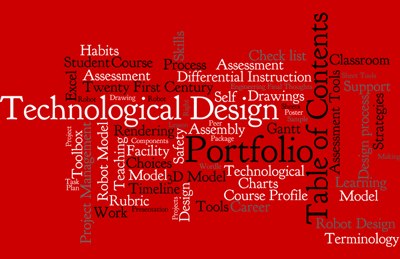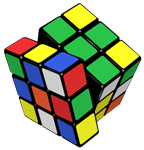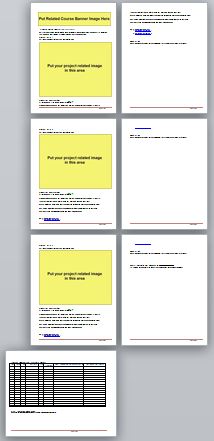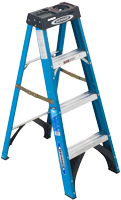Unit 7: Grade 11/12 Technological Design - Robotics - Marketing Portfolio and Design Log
With Technological Design and Engineering, one key element is showcasing your work by building a portfolio and design log. For this course you have had the opportunity to learn about the design process using SPICE as a model and applied common steps to all projects. To define and showcase steps in a medium that is easy to organize and share, a word document is a great way to do this and show your accomplished work, learning, and steps taken,when creating a portfolio.
Course Units and Descriptions
Use this table for an overview and navigate to each of the course unit pages.
| Unit | Description |
|---|---|
| Review course outline for more details | |
| 1 | Careers & Safety- Intro, computers, organization, and research career |
| 2 | Engineering Communication- Technical sketching, ortho-ISO, custom ortho, and robot design |
| 3 | Structure and Materials- Materials & measurement, joints, frame, and 3D model |
| 4 | Driven Mechanisms- Gears, gearbox to wheel, drive train, and 1st function |
| 5 | Functions and Integration- Body base, pneumatics, 2nd and 3rd function |
| 6 | Robot Assembly- Robot build, function supports, drawings and presenting |
| 7 | Marketing and Portfolio- Web authoring, portfolio and presentation |
Unit Content Activity Quick Links, Click to Jump to Specific Activity!

 Unit 7, Act. 1: Web Portfolio
Unit 7, Act. 1: Web Portfolio

Situation:
Class of Technological Design students are finishing their last projects and will have an opportunity to review and showcase their work, what they learned, and their accomplishments as part of their culminating.
Problem/Challenge:

Students are to use their dally logs to record activities, time, learning, and reflection and to showcase their work accomplished through the SPICE-model design process steps they have taken. For the portfolio, you are to select three of your best pieces of work that best showcase your learning and accomplishments, which is to include the following information:
- Project title
- Summary of project (1-3 sentences)
- One image clearly showing your work (approximately 1000 wide x 700 pixels high in size)
- Major steps taken - use S P I C E to start points (a total of 5-7 points, equivalent to about a paragraph)
- Partner name and how they helped (1 sentence)
- Two related high value supporting links in the form of bullets
- Conclusion of what you learned - knowledge, skill, and/or value (1-2 sentences)
At the end of the three showcase pieces, students will have a peer give a constructive and positive feedback points based on the three showcase pieces selected.
Final conclusion reflection to show in a paragaph what you learned, your accomplishments, and what you could have done better.
Investigation/Ideas:


Support Information and Resources
The following points will help with your portfolio build
- Review the SPICE model covered earlier in the course and ensure you have a clear understanding of how each of the steps are defined and how they would be applied to each of your projects, big or small
- Select project/assignments that best showcase and/or highlight your accomplishments and learning
- Use the document template provided similar to the one on the left, to hand-in, which outlines the project information required - don't forget to fill in your name at the top, tites of each of your projects, etc.
- Ensure your image(s) (minimum one or more) are clear and easy to view sized similar to sample in document template. You may want to size them up using a photo editing program such as Photoshop to crop and size them to look consistent and organized or use the programs internal sizing tool - try not to mess the aspect ratio or end up with poor resoultion pixelated images
- Maximize marks by choosing your three best projects to showcase your work, ensure the SPICE steps are correctly identified, and ensure the conclusion has new learning in the form of a knowledge, skill, and/or value (could use design log for a resource to help you with this)
- Have a partner review your portfolio prior for initial feedback to see if it may be improved, things that may be missing, content that is missing, and/or formatting that may need to be adjusted.

Create/Construct:
Although there are several ways you can do this, here are the recommend steps to complete your portfolio::

- Start by reviewing all major projects and work assignments you completed
- Use the list above to prioritize your three best pieces of work that highlight and showcase your accomplishments and learning
- Identify the five major steps (SPICE) you took to complete this project, if not complete as of yet, how far in the process are you, and what you expect in the future steps
- Name your peer supporter and what he/she helped or assisted you with (collaboration)
- Find two related internet links that you feel are the best two, to support this project and help others in the future (other than Mr. F's site)
- Go back to step 3 and to complete the next 2 other showcase pieces of work
- Once finished, have a peer (everyone does one peer feedback), fill in at the bottom of your page two sentences, one to give a critical practical support point and second, a positive support feedback point, on your portfolio design log
- Complete the conclusion reflection at the end of the journal section before handing-in using the appropriate file naming convention.
Evaluation:
This is part of the culminating and will also include hands on projects in class.

| Evaluation Breakdown Component Descriptions - each times 5, for each project for total on right | Marks |
|---|---|
| Always double check that you have completed all components for full marks. | |
| Portfolio - Banner, summary, related image, SPICE, peer, links, and conclusion, Peer FB | 65 |
| Design log - Activity, hrs, material, K, S, and/or V, and reflection | 50 |
| Final Conclusion - Paragraph on overall accomplishments, learning, and what could do better | 10 |